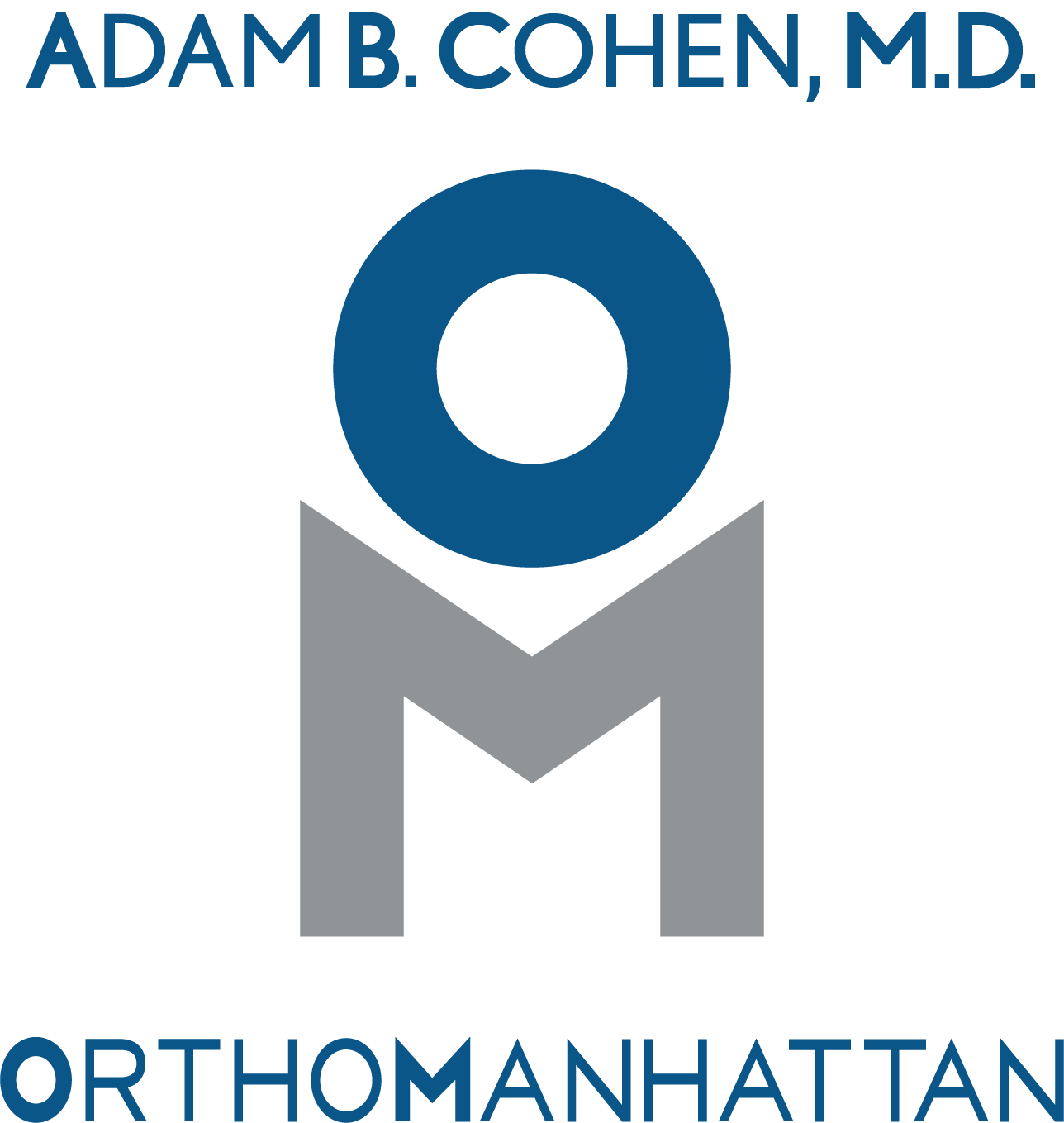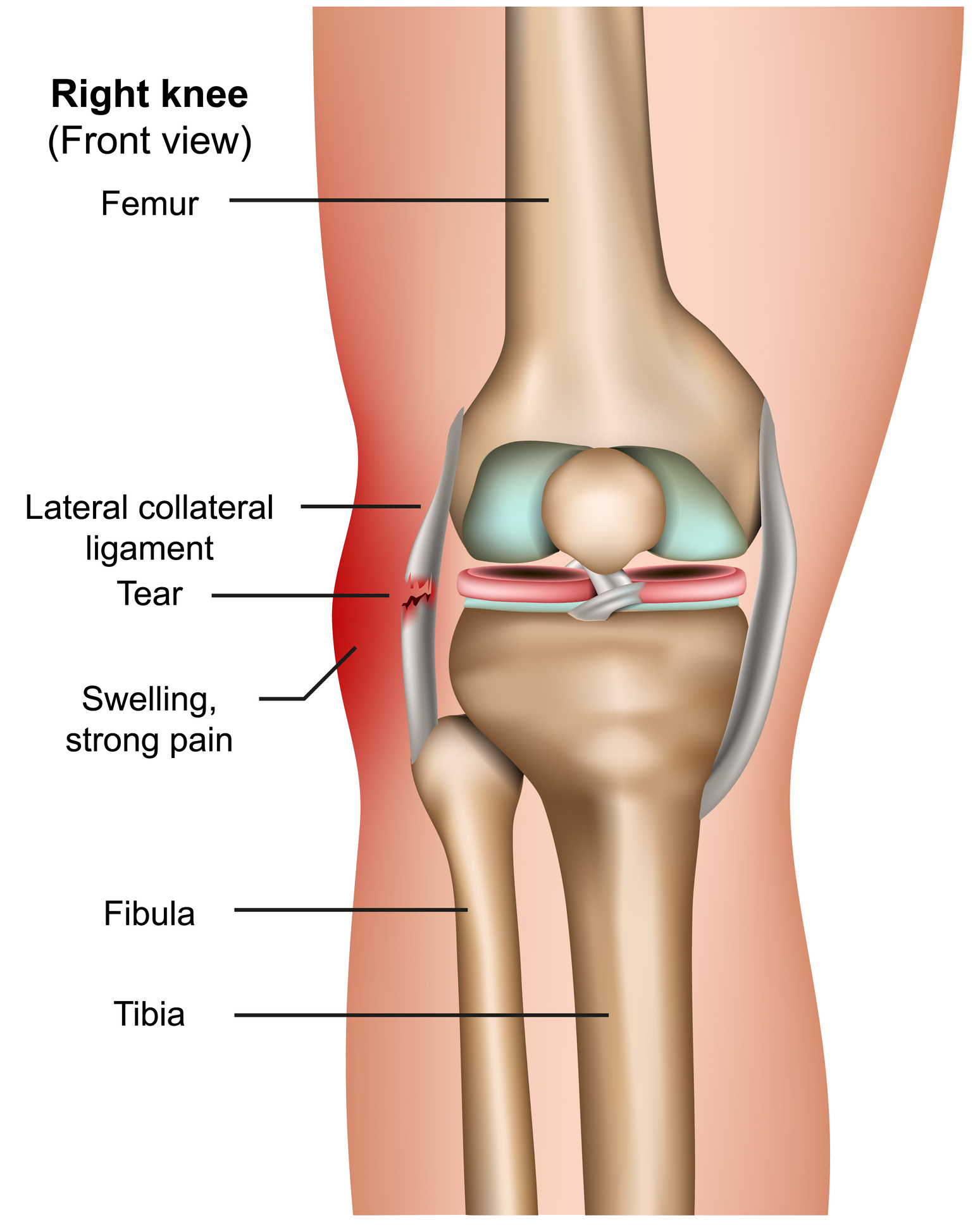Home > Knee Conditions > Lateral Collateral Ligament
LCL Injury
Overview
The lateral collateral ligament attaches the thigh bone (femur) to the fibula along the outer aspect of the knee.
An injury to the lateral collateral is not as common as injuries to the other ligaments of the knee.
Injuries occur when there is force directed to the inside of the knee and is seen with contact sports, like football and in motor vehicle accidents.
The LCL is rarely injured alone. It often occurs with injuries to other structures of the knee, including the ACL and a particular group of structures called the posterolateral corner.
Evaluation
Evaluation of all knee injuries requires a thorough examination by a specialist. An injury to the lateral collateral ligament can be a severe injury and requires prompt diagnosis. Exam of a complete tear to the LCL will reveal looseness with varus stress, that is, with the thigh stabilized, pushing the leg inward will cause the outside of the knee to separate abnormally.
An examination of the nerves around the knee is important because there is a risk to certain nerves, in particular the peroneal nerve.
X-rays are necessary to evaluate for bony injury which are commonly associated with injuries to the outside of the knee. Stress views may also provide value.
MRI will be required to confirm suspicions of a LCL tear and will provide information about the severity of the injury. It also will determine if other structures have been injured.
Treatment
Treatment will depend on the extent of the injury. Isolated Grade 1 and 2 tears can be often be treated without surgery. Grade 3 tears and tears with injuries to other structures will likely need repair or posterolateral corner reconstruction.


